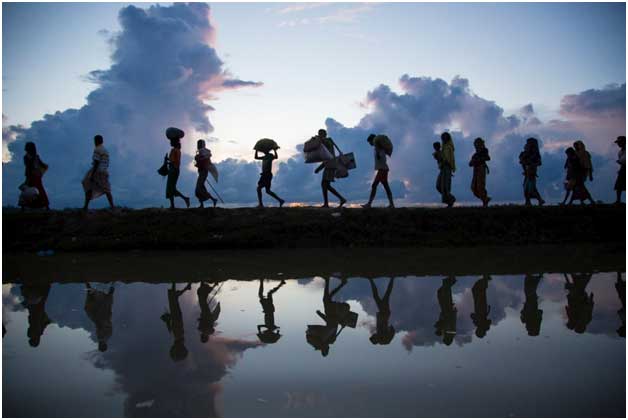
BAKU, Nov 22 (IPS) – COP29 delegates have elaborated on how Africa’s dependency on agriculture is becoming increasingly untenable amidst alarming levels of global warming, wrecking havoc on the sector. Coastal communities, pastoralists, and those in the drylands are in the thick of the climate chaos.
Options for sustainable livelihoods have shrunk. The search for greener pastures is such that nearly 1.2 million people will move beyond national boundaries in the African continent by 2050 due to climate change, and more than half of climate-related migrants in 2050 will come from Africa.
As negotiations for an acceptable new collective quantified goal on climate finance intensify, some observers, such as Hurbert Thomas, a Burkina Faso immigrant living in France, told IPS that the need to meet glaring climate adaptation gaps is “pushing for innovative solutions such as migrant remittances into the continent. When migrants support their families with cash, food, and other commodities, and even in relocation to less climate-risk areas, this helps move the climate agenda in the right direction.”
“COP29 side events have included the issue of early warning signs and how the impact of predicted climate events can be reduced or even avoided. But people in high-climate-risk areas cannot move even when cautioned to if they do not have resources. I have contributed to such planned relocations back home. Remittances help address poverty and hunger, and now they are pushing forward the climate agenda.”
Thomas is talking about how migrant remittances directly fund climate action, especially in meeting the funding gap for climate adaptation. Research shows that the global population of African migrants is more than 40.4 million and that 200 million family members rely on remittances. The money builds resilience and funds climate adaptation while addressing poverty and hunger for sustainable growth and development.
Further showing that remittance flows to Africa “reached nearly USD 100 billion in 2022, accounting for almost 6 percent of Africa’s gross domestic product. They exceeded official development assistance of USD3.5 billion and foreign direct investment of USD52 billion. Intra-African remittances were USD 19.4 billion.”
The World Bank shows that remittances to sub-Saharan Africa are rising even during the global challenges, increasing by 16.1 percent in 2021, 6.1 percent in 2022, 1.3 percent in 2023, and 3.7 percent in 2024. Delegates say that direct remittances reach the most vulnerable people and communities in high-risk areas in a more effective and efficient way compared to public expenditure.
“Public expenditure is up there and affected communities are down here, and there are many processes and bureaucracies in between. In between migrant remittances and local communities is only distance. Technology has now provided an avenue to instantly send money, including the revolutionary mobile money transfer,” he says.
“In seconds, you can move money across national borders and continents from the comfort of your seat to a person or families in local communities distressed by climate change or to even build their resilience by diversifying livelihoods. This is why direct remittances are much more efficient to move, and they reach the intended amount and value.”
IPS UN Bureau Report
Follow @IPSNewsUNBureau
Follow IPS News UN Bureau on Instagram
© Inter Press Service (2024) — All Rights ReservedOriginal source: Inter Press Service



Leave a Comment